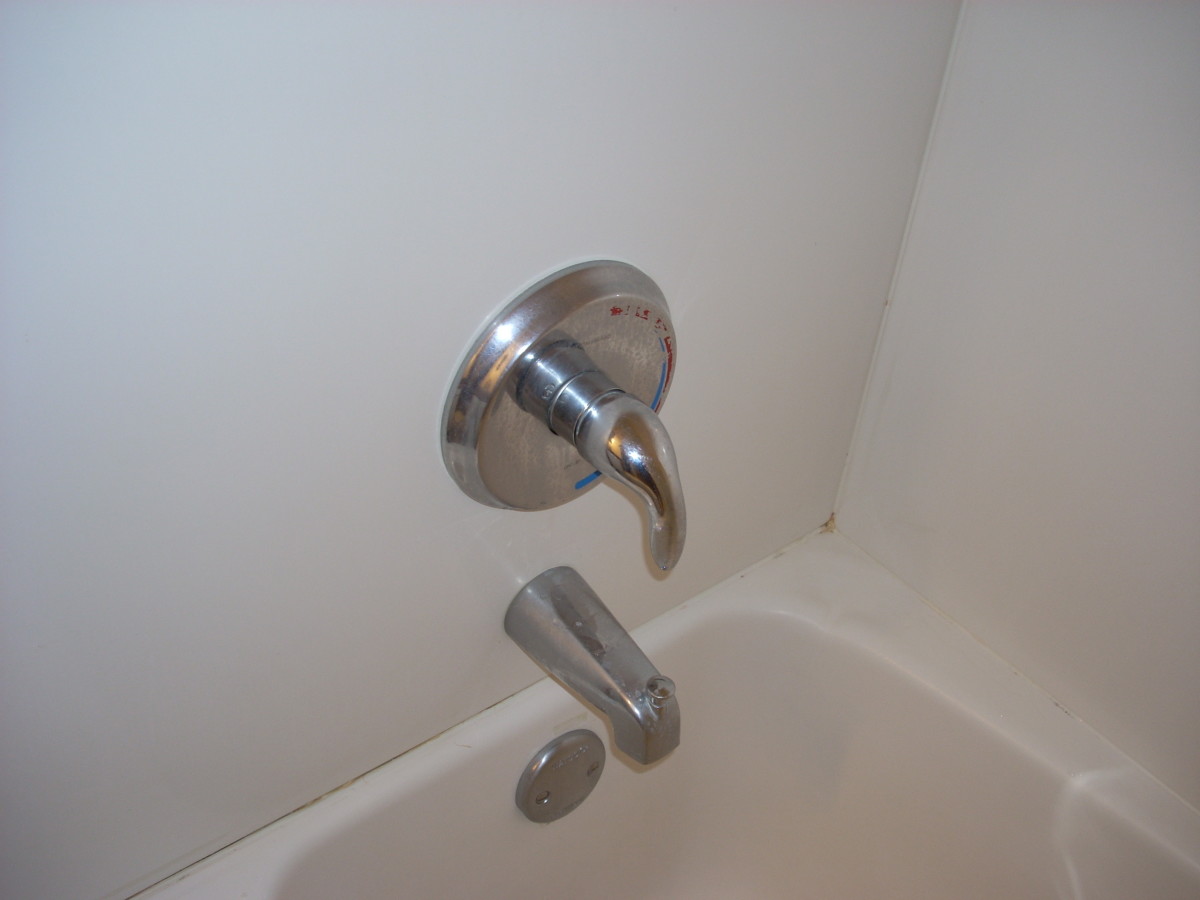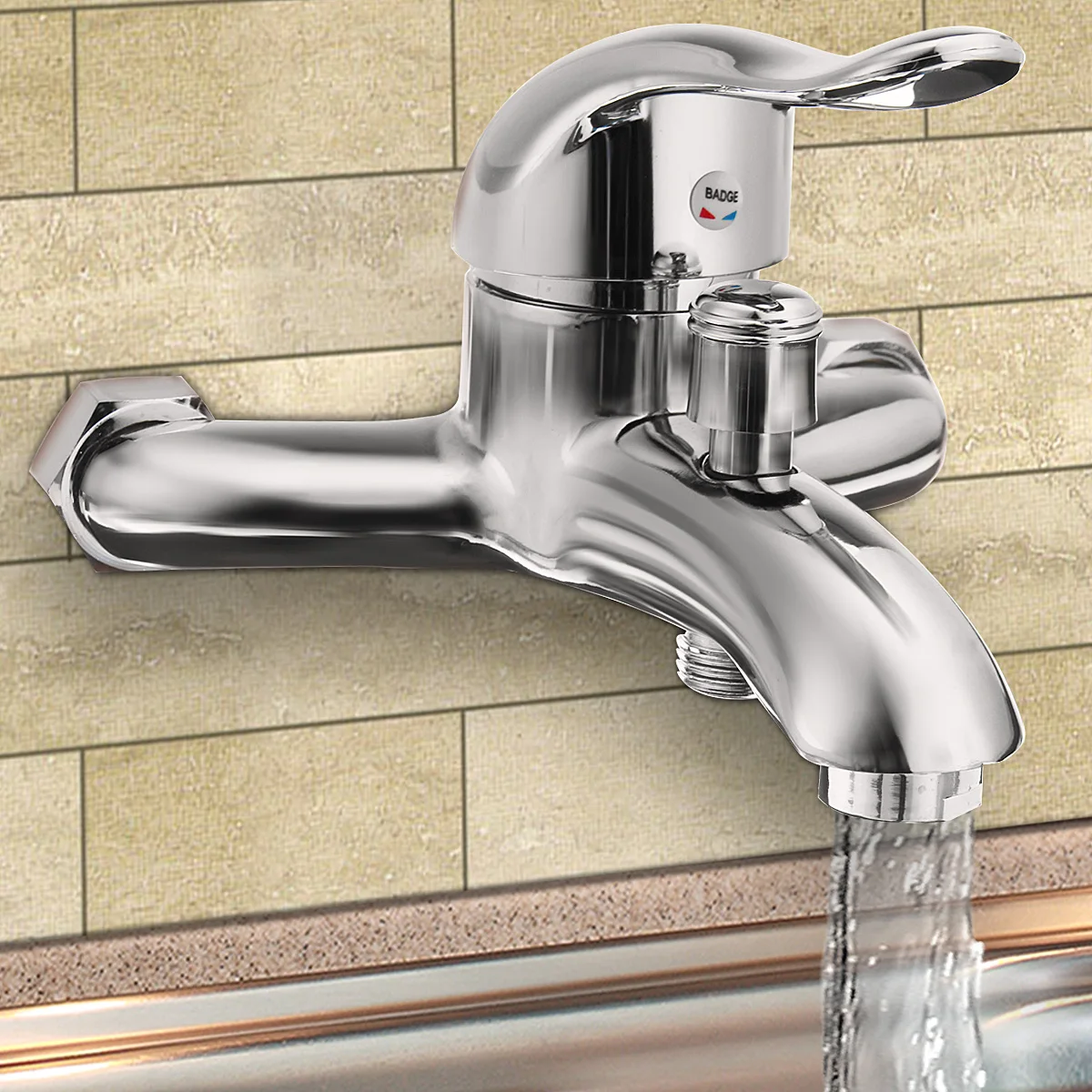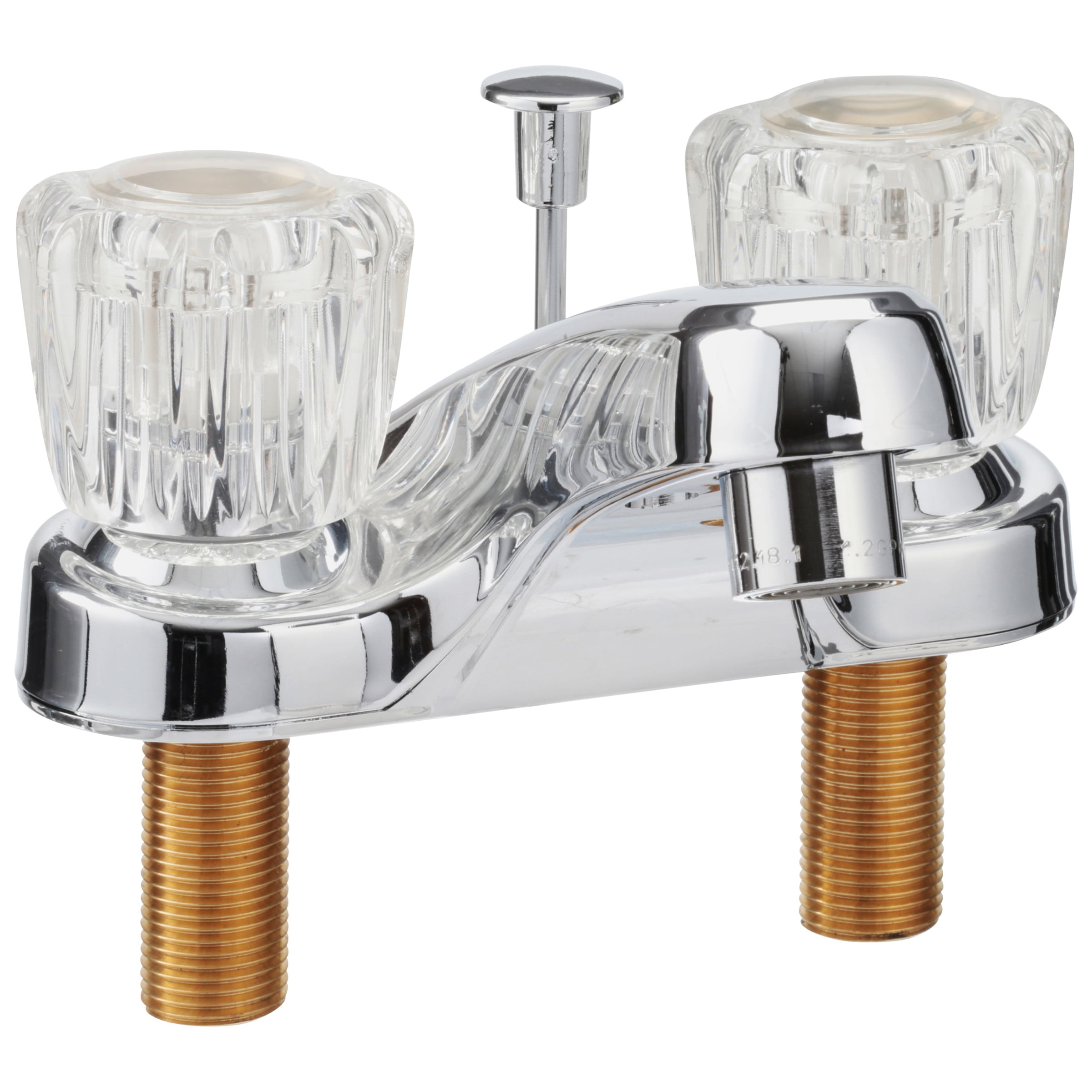Single Handle Vessel Faucet

A single handle vessel bathroom faucet is a stylish and functional fixture that adds a touch of elegance to any bathroom. Its unique design and features make it a popular choice for modern and contemporary bathrooms.
Design and Features
Single handle vessel faucets are characterized by their sleek, minimalist design and single lever handle that controls both water temperature and flow. The faucet body is typically mounted on the countertop or vanity, while the spout extends over the vessel sink, creating a dramatic and visually appealing focal point.
Advantages
Compared to other faucet types, single handle vessel faucets offer several advantages:
* Ease of Use: The single lever handle allows for simple and intuitive control of water temperature and flow, making it easy to adjust the water to the desired setting.
* Space Saving: The compact design of a single handle faucet saves valuable counter space, especially in smaller bathrooms.
* Stylish Aesthetics: The minimalist design and sleek lines of a single handle vessel faucet complement modern and contemporary bathroom décor.
* Durability: Single handle vessel faucets are typically made from high-quality materials like brass or stainless steel, ensuring long-lasting durability and resistance to corrosion.
Functionality and Operation
The functionality of a single handle vessel faucet is straightforward. The single lever handle controls both hot and cold water flow. Turning the handle clockwise increases hot water flow, while turning it counterclockwise increases cold water flow. The lever’s position determines the water temperature.
* Cartridge System: The heart of a single handle vessel faucet is its cartridge system. The cartridge is a small, replaceable component that controls the water flow and temperature. It consists of a ceramic disc with a precisely machined hole that allows water to flow through it.
* Water Pressure: The water pressure in your home can affect the performance of your faucet. If the water pressure is too low, the water flow may be weak. If the water pressure is too high, it can damage the faucet over time.
* Maintenance: To maintain the functionality of your single handle vessel faucet, it is important to clean it regularly. Wipe down the faucet with a damp cloth to remove any dust or debris. To prevent mineral buildup, it is also recommended to clean the aerator regularly.
Choosing the Right Single Handle Vessel Faucet

Selecting the right single handle vessel faucet involves considering various factors that will ensure both functionality and aesthetic appeal. It is crucial to choose a faucet that complements the vessel sink, while also offering the desired water flow and ease of use.
Types of Single Handle Vessel Faucets
The choice of faucet style can significantly influence the overall look and feel of your bathroom. Here’s a table comparing different styles of single handle vessel faucets:
| Style | Materials | Finishes | Design Aesthetics |
|—|—|—|—|
| Contemporary | Stainless steel, chrome, nickel | Brushed nickel, polished chrome, matte black | Sleek, minimalist, modern |
| Transitional | Brass, copper, bronze | Oil-rubbed bronze, polished brass, antique copper | Blend of traditional and contemporary elements |
| Traditional | Brass, copper | Polished brass, antique brass, brushed nickel | Classic, ornate, vintage |
Importance of Vessel Sink Size and Shape
The size and shape of the vessel sink are critical factors in determining the appropriate faucet. A faucet that is too large for the sink can create an unbalanced look and obstruct the flow of water. Conversely, a small faucet on a large sink might appear disproportionate.
General Guidelines:
– For small vessel sinks, consider faucets with shorter spouts and narrower bases.
– For larger sinks, a faucet with a longer spout and a wider base might be more suitable.
– Consider the sink’s shape. A round sink may require a different faucet than a rectangular sink.
Spout Height and Reach
The spout height and reach are crucial for optimal functionality. A low spout can make it difficult to fill a pitcher or wash your hands, while a spout that is too high may result in water splashing. The reach of the spout determines how far the water extends from the faucet.
Guidelines for Spout Height:
– Minimum Height: 6 inches above the sink rim for comfortable handwashing.
– Ideal Height: 8-10 inches for optimal functionality.
Guidelines for Spout Reach:
– Minimum Reach: 4 inches for basic handwashing.
– Ideal Reach: 6-8 inches for ease of filling containers.
Installation and Maintenance: Single Handle Vessel Bathroom Faucet

Installing and maintaining your single handle vessel faucet is crucial for its functionality and longevity. This section will guide you through the installation process, highlighting key considerations, and explain proper cleaning and maintenance techniques to ensure your faucet remains in top condition.
Installation Process, Single handle vessel bathroom faucet
Installing a single handle vessel faucet is a relatively straightforward process, but it’s essential to follow the manufacturer’s instructions carefully. Here’s a general guide:
- Turn off the water supply: Locate the shut-off valves for the hot and cold water lines to the sink and turn them off.
- Disconnect the existing faucet: If you’re replacing an old faucet, disconnect the water lines and remove the old faucet.
- Install the mounting plate: Attach the mounting plate to the sink countertop or vessel using the provided screws and washers. Ensure the plate is securely fastened.
- Connect the water lines: Attach the hot and cold water lines to the faucet’s inlets. Ensure the connections are tight and secure.
- Install the faucet: Place the faucet onto the mounting plate and tighten the securing nut. Ensure the faucet is level and stable.
- Turn on the water supply: Slowly turn on the water supply and check for leaks. If you notice any leaks, tighten the connections further.
- Test the faucet: Run the water through the faucet to test its functionality.
Cleaning and Maintenance
Regular cleaning and maintenance are essential to prevent mineral buildup and ensure your single handle vessel faucet operates smoothly. Here are some recommended practices:
- Clean the faucet regularly: Use a soft cloth and a mild dish soap solution to wipe down the faucet’s surface. Avoid abrasive cleaners that can damage the finish.
- Clean the aerator: The aerator, located at the faucet’s spout, can become clogged with mineral deposits. To clean it, remove the aerator and soak it in a vinegar solution for a few hours. Rinse the aerator thoroughly and reattach it to the spout.
- Lubricate the cartridge: If the faucet’s handle becomes stiff or difficult to turn, lubricate the cartridge with a silicone-based lubricant. Follow the manufacturer’s instructions for applying the lubricant.
- Inspect for leaks: Regularly check for leaks at the faucet’s base, handles, and spout. If you notice any leaks, tighten the connections or contact a plumber for assistance.
Common Issues and Solutions
While single handle vessel faucets are generally reliable, they can encounter some common issues. Here are some typical problems and their solutions:
- Leaking faucet: Leaking faucets can be caused by loose connections, worn-out O-rings, or a damaged cartridge. To fix a leaking faucet, check for loose connections and tighten them if necessary. Replace worn-out O-rings or the entire cartridge if needed.
- Dripping faucet: Dripping faucets are often caused by a worn-out cartridge or a faulty aerator. Replace the cartridge or clean the aerator as described above.
- Stiff handle: A stiff handle can be caused by mineral buildup or a worn-out cartridge. Clean the faucet as described above or replace the cartridge if necessary.
- Low water pressure: Low water pressure can be caused by a clogged aerator, a partially closed shut-off valve, or a problem with the water supply line. Clean the aerator, check the shut-off valve, or contact a plumber if necessary.